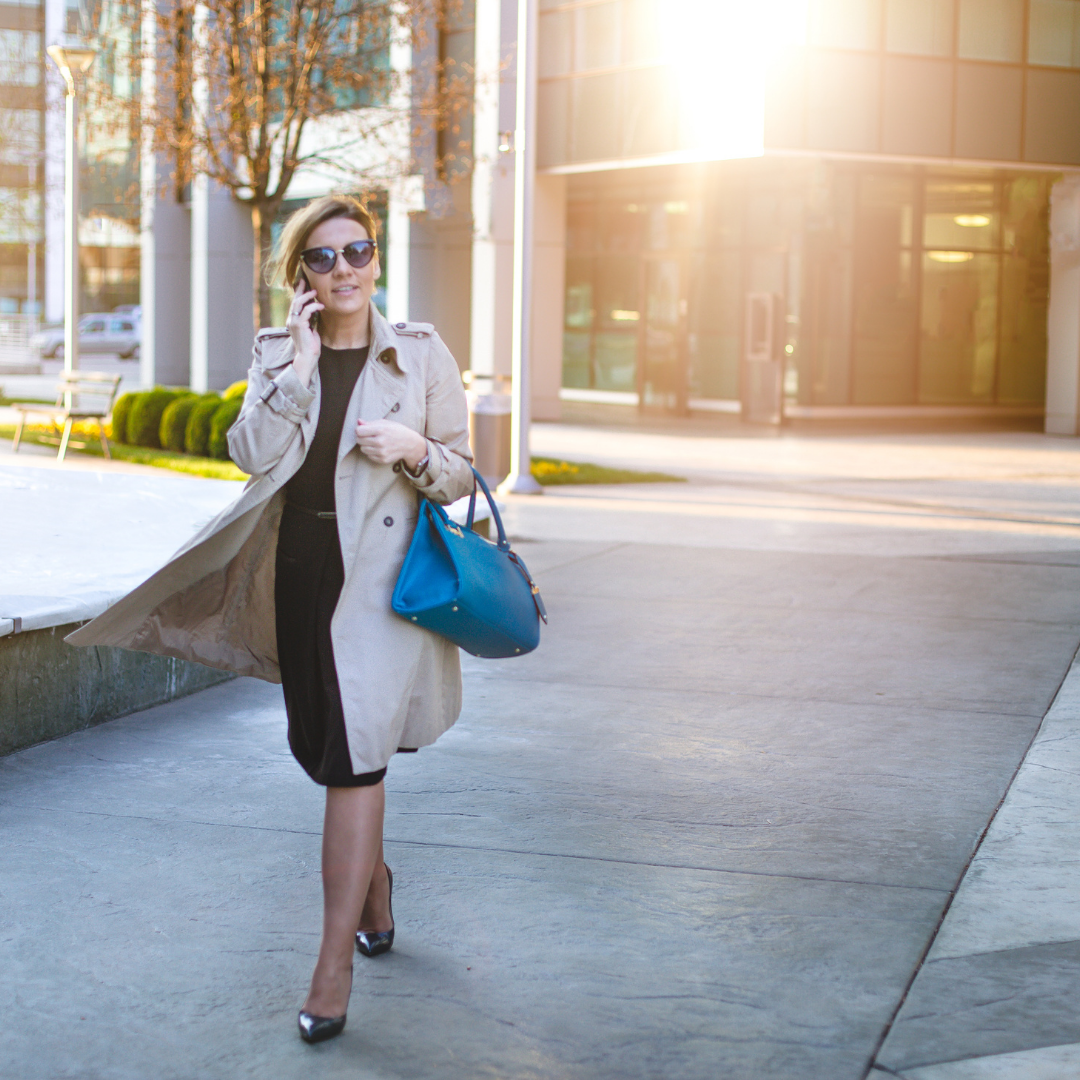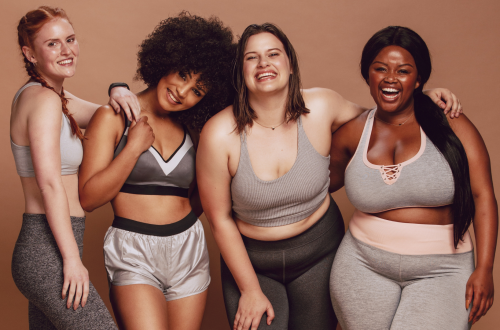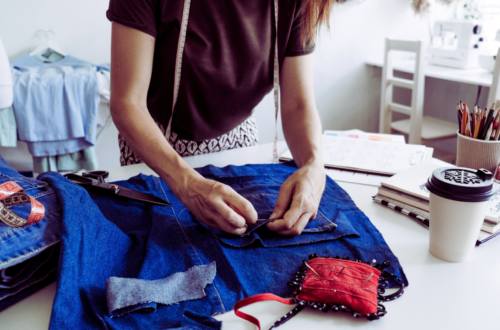
How Fashion Influences Professional Success: The Impact of Personal Style on Career Advancement
Fashion plays a significant role in shaping perceptions within professional environments. The way individuals present themselves can directly impact their career trajectories and success. A carefully chosen outfit can convey competence, confidence, and authority, often making a lasting impression on colleagues and superiors.
In many industries, particularly those in the fashion and creative sectors, personal style can be a vital differentiator. Professionals who embrace trends and express their individuality through their clothing may find enhanced opportunities for networking and career advancement. Beyond personal branding, understanding the cultural nuances of attire can also align one’s image with the expectations of their industry.
Ultimately, investing in a thoughtful wardrobe can be a strategic decision that contributes to professional achievements. By recognizing the connection between fashion and professional success, individuals can leverage their appearance as a tool for growth in their careers.
Fashion and Professional Image
Fashion plays a crucial role in shaping one’s professional image. The way an individual dresses can influence perceptions of competence, confidence, and sophistication, impacting their success in the workplace.
Dress for Success
Dressing strategically enhances professional image and potential success. Apparel choices that align with industry standards can create a positive impression on colleagues and clients. Attention to detail in clothing, such as fit and appropriateness, speaks volumes about a person’s dedication and professionalism.
For instance, a well-tailored suit can convey power and authority, while casual attire might undermine credibility in a formal setting. Investing in quality pieces can foster self-confidence, positively affecting interactions and relationships in the workplace. This alignment between clothing and professional expectations helps individuals “dress for success” and enhances their image.
Sophistication and Perceived Competence
Sophistication in fashion is linked to perceived competence. Well-chosen outfits that reflect elegance and style can elevate an individual’s status in a professional environment. Subtle, polished attire often leads to assumptions of intelligence, reliability, and a strong work ethic.
Studies indicate that professionals dressed in sophisticated attire are often rated higher in competence by peers. Attention to color, fabric, and accessories can further enhance sophistication. A simple, well-fitted blazer paired with elegant accessories can transform an ordinary outfit into something that commands respect and admiration. This perception can lead to improved relationships and opportunities for career advancement.
Impact of Fashion on Mental Well-being
Fashion plays a significant role in shaping mental health and can influence both self-confidence and the risk of burnout. The choices individuals make in their attire can directly affect their mood and perception in professional environments.
Confidence and Self-esteem
Fashion choices often reflect personal identity and self-expression. When individuals feel comfortable in their clothing, they tend to have higher self-esteem. A well-fitted outfit can boost confidence levels, leading to improved performance in professional settings.
Research indicates that wearing stylish and appropriate clothing can enhance an individual’s self-image. This can create a positive feedback loop where increased self-confidence leads to more successful professional interactions. Conversely, unflattering or uncomfortable clothing may diminish self-esteem, contributing to anxiety in workplace situations.
Burnout and Fashion Choices
The relationship between fashion and burnout is complex. Individuals who neglect their personal style may experience a decline in mental health. A lack of attention to personal appearance can lead to feelings of disengagement and stress.
On the other hand, investing in personal style can serve as a form of self-care. Choosing outfits that reflect personal taste can create a sense of joy and motivation. When individuals intentionally curate their wardrobe, it can alleviate feelings of burnout and reintroduce enthusiasm into their daily routine. Moreover, dressing well may encourage a more positive mindset that supports overall mental well-being.
Inclusivity in the Workplace
Creating an inclusive workplace is essential for fostering a diverse and equitable environment. It involves recognizing the importance of representation and addressing the needs of marginalized backgrounds.
Diversity and Representation
Diversity in the workplace refers to the inclusion of individuals from various backgrounds, including race, gender, sexual orientation, and disability. Effective representation allows for a range of perspectives that can drive innovation and creativity.
Workplaces that prioritize diversity often see improved employee morale and increased productivity. This can be achieved through targeted recruitment efforts that focus on underrepresented groups.
Regular training and awareness programs are crucial in helping employees understand the benefits of workplace diversity. Initiatives like mentorship programs can also empower individuals from diverse backgrounds to advance within the organization.
Equity for Marginalised Backgrounds
Equity ensures that individuals from marginalized backgrounds receive fair treatment and access to opportunities within the workplace. This goes beyond mere representation; it requires actively addressing systemic discrimination and barriers to advancement.
Organizations must implement policies that support equity, such as flexible work arrangements or tailored professional development. Access to resources, networking opportunities, and leadership positions should be equitable, allowing those from marginalized backgrounds to thrive.
Companies can establish clear metrics to assess progress in equity initiatives. Regular reviews can help identify gaps and implement corrective measures, ensuring that all employees feel valued and included.
Fashion Industry Dynamics
The fashion industry undergoes significant changes influenced by various factors, including social media dynamics and the shift toward sustainability. These elements shape trends, consumer behavior, and the overall direction of the industry.
The Role of Social Media and Influencers
Social media platforms serve as powerful tools for fashion marketing, facilitating direct engagement between brands and consumers. Influencers leverage their large followings to create authentic connections, often driving sales and brand loyalty.
Brands collaborate with influencers to showcase their products in a relatable context. This practice can elevate visibility and credibility, as followers often trust the insights shared by these figures.
Fast fashion brands have also capitalized on this trend. Quick adaptation to user-generated content allows them to remain relevant and engage consumers effectively. The emphasis on creativity and trends is accelerated in this digital landscape.
Sustainability and Ethical Fashion
Sustainability has become a critical focus within the fashion industry. Consumers increasingly demand transparency and responsibility from brands regarding their production practices. This shift has spurred discussions on reducing waste and sourcing materials ethically.
Artisans and designers are responding by prioritizing sustainable materials and production methods. This includes using organic fibers and minimizing carbon footprints.
Additionally, the industry sees a rising talent exodus, as creative individuals seek opportunities aligned with ethical practices. This movement presents a growing challenge and opportunity for brands to innovate and build a responsible image, attracting a more conscientious consumer base.




